Like many consumers, pet owners are increasingly concerned about sustainability. They particularly care about the provenance and environmental impact of pet food products.
Pet food manufacturers committed to meeting consumer ethical expectations must not only limit the effects generated by the manufacturing process but also control the environmental impact of their products from the extraction of raw materials to the end-of-life of the packaging.
Life Cycle Assessment is THE tool to identify and measure all of a product’s environmental impacts, from beginning to end.
It enables calculation of footprint profiles and scores that can be used to compare pet food products based on their environmental sustainability.
Applicable to all types of products, Life Cycle Assessment is an essential starting point to address environmental issues and build a relevant sustainable policy.
What is Life Cycle Assessment? How is Life Cycle Assessment performed for pet food? Follow the guidelines!
*Yummypets, 225 french pet owners , Survey 2019
Life Cycle Assessment: a normalized method to measure product impact on the environment
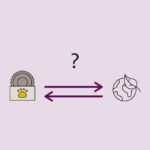 A Life Cycle Assessment aims to evaluate the environmental impacts of a product or a service. This is a normalized method, described in the ISO 14040 and ISO 14044 norms.
A Life Cycle Assessment aims to evaluate the environmental impacts of a product or a service. This is a normalized method, described in the ISO 14040 and ISO 14044 norms.
Using mathematical models, Life Cycle Assessment can ultimately lead to calculation of an environmental score that can be used to compare the sustainability performance of several products having the same functionality.
What makes Life Cycle Assessment a unique tool is that it studies environmental impact “from the cradle to the grave.” Besides effects generated during manufacturing, the Life Cycle Assessment method considers product impacts on the environment during its entire existence, from raw materials to disposal.
This is a broad and deep approach to sustainability.
Life cycle assessment: Compilation and evaluation of the inputs, outputs, and the potential environmental impacts of a product system throughout its life cycle (source: PEFCRs).
Life Cycle Assessment in pet food: follow the Product Environmental Footprint guidelines
 Currently, no international organization is dedicated to pet food sustainability. However, the Product Environmental Footprint (PEF) group, part of the European Commission, is working on environmental guidelines based on the Life Cycle Assessment approach for many product categories.
Currently, no international organization is dedicated to pet food sustainability. However, the Product Environmental Footprint (PEF) group, part of the European Commission, is working on environmental guidelines based on the Life Cycle Assessment approach for many product categories.
The organization gathers several working groups from around 20 sectors such as automobile, drinks, textiles, and pet food.
Leaded by FEDIAF, the pet food working group is composed of key international, European, and national participants from the pet food industry.
In 2018 they published a document that provides detailed and comprehensive technical guidance on how to conduct a Life Cycle Assessment study in pet food: the Product Environmental Footprint Category Rules (PEFCRs) for prepared pet food for cats and dogs.
This guide is a helpful and practical reference for pet food manufacturers who want to dig deeper into the environmental impacts of their products.
Pet food Life Cycle Assessment step by step
Pet food manufacturers wishing to evaluate the environmental performance of their products using Life Cycle Assessment must know upfront: the process might be long and complex. But it’s worth it!
Below is an overview of the main steps to follow according to the ISO norms and the PEFCRs guide.
Ask for help
The first thing to do before conducting a Life Cycle Assessment is probably to ask for help…
To successfully conduct a precise environmental study without getting lost in the multiple flows and impacts evaluation, consulting is more than recommended; it’s indispensable.
Life Cycle Assessment specialists bring a methodology and databases. They can assist manufacturers in the following ways:
- auditing the product’s manufacturing process
- defining the product’s life cycles**
- inventorying the flows between the product and the environment
- quantifying the impacts of these flows
**Consecutive and interlinked stages of a product system, from raw material acquisition or generation from natural resources to final disposal (source: PEFCRs).
Goal and scope, set the scene
There are many good reasons to conduct a Life Cycle Assessment.
Life Cycle Assessment may be done to determine or communicate the environmental score of a product, to compare the environmental impact of different products, or to initiate an eco-design approach.
It is thus essential to define the goal of the study in order to select the products and the life stages that will be assessed for sustainability.
Choose the products, define the function
One of the main goals of Life Cycle Assessment is to compare the environmental sustainability of several pet food products.
However, to make relevant comparisons, it is necessary to select products with the same function and to define the quantity of each product necessary to perform the function.
PEFCRs defines pet food function as “complete meals to satisfy the daily nutritional requirements of a cat or dog” and the functional unit** as “daily ration of prepared pet food to a cat or dog”.
Pet food manufacturers must base comparisons on daily rations to evaluate the environmental performance of different formulas of wet cat food, for instance, or even compare the environmental score of a wet and a dry cat food.
***The functional unit (FU) defines the qualitative and quantitative aspects of the function(s) and/or service(s) provided by the product being evaluated (source: PEFCRs).
Identify product life stages, build the “cycle”
Once products and functions have been defined, the next step is to identify the elementary stages of the product’s life.
This allows creation of the product life cycle, the basis of the Life Cycle Assessment.
According to the PEFCRs guide, pet food life cycle should include the following:
- Ingredients production
- Packaging production
- Product Manufacturing
- Product Distribution
- Product Use
- Packaging end of life
Below is an example of what a pet food life cycle could look like.
Inventory analysis: find the flows
Once the life cycle has been built, it is time to identify the exchanges that occur between the environment and the product.
The Life Cycle Inventory analysis lists all the flows from and to nature for the product, during its whole life. It includes 2 kinds of flows:
- the economical flows that comprise matter, energy, or services exchanged with other external systems
- the elementary flows*** that comprise raw materials, emissions, or wastes that are exchanged with the ecosphere
This crucial step must be as exhaustive as possible to obtain the most accurate image of the product’s interactions with its environment.
****Material or energy entering the system being studied that has been drawn from the environment without previous human transformation, or material or energy leaving the system being studied that is released into the environment without subsequent human transformation (source: PEFCRs).
Impact assessment: from flow … to print… to score
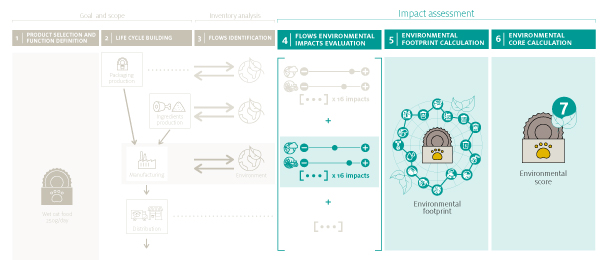
The final part of a Life Cycle Assessment measures the real effects of the flows on the environment.
With the use of mathematical models, each identified flow is converted to a quantifiable impact on the environment.
Approximately 30 types of impacts are considered to produce more or less fundamental effects on the eco-system. According to the pet food working group, 16 impacts categories are applicable to pet food products. They include climate change, ozone depletion, and water use.
The measurement of each impact leads to the creation of a Product Environmental Footprint profile that reflects the traces left by the product during its whole life.
The calculated values of impacts can finally be normalized – to erase differences of units – weighted according to their relative importance, and aggregated, to calculate a product environmental score.
This score is an easy and quick way to compare pet food products based on their environmental sustainability.
Eco design, the logical outcome of Life Cycle Assessment
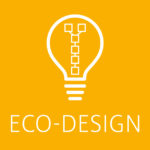 Besides providing a snapshot of the environmental footprint of a product, Life Cycle Assessment can also mark the beginning of a new sustainable journey for pet food manufacturers.
Besides providing a snapshot of the environmental footprint of a product, Life Cycle Assessment can also mark the beginning of a new sustainable journey for pet food manufacturers.
This analysis can be the foundation for building an adapted sustainable strategy. Indeed, the pet food working group advises manufacturers wishing to improve sustainability of their products to focus on life cycle stages that have the greatest impact on the environment and on which they have a higher level of influence.
Life Cycle Assessment shows, for instance, that on average, 80% of pet food environmental impact comes from raw materials and ingredients.
Eco-design is thus one of the actions that can efficiently be put in place to optimize sourcing and improve the environmental sustainability of pet food products.
Eco-design is a proactive approach that consists of formulating pet food using resources with less environmental impact.
Conceiving a product with the desire of lowering its environmental effects all along its value chain is a step ahead from continuous improvement programs aiming at decreasing utilities consumption or reducing waste, for example.
It’s a radical change of mindset, but it’s part of the future!
Acronyms & Abbreviations
LCA: Life Cycle Assessment
PEF: Product Environmental Footprint
PEFCRs: Product Environmental Footprint Category Rules
Take-home points
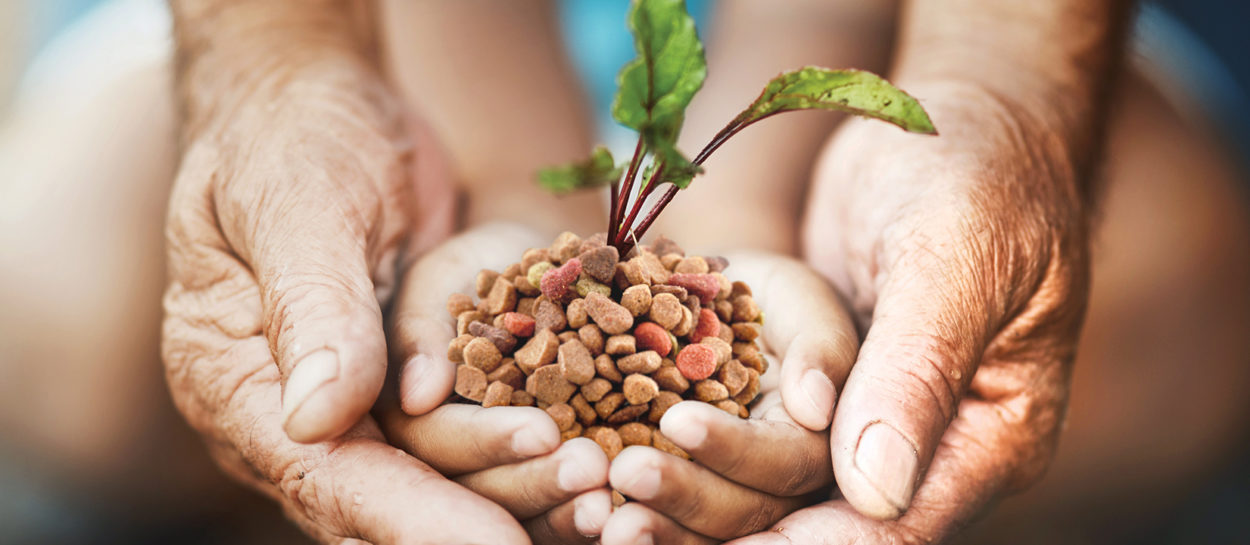
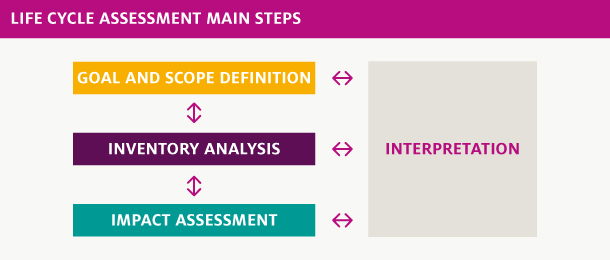
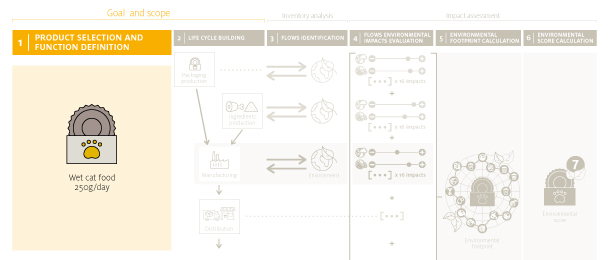
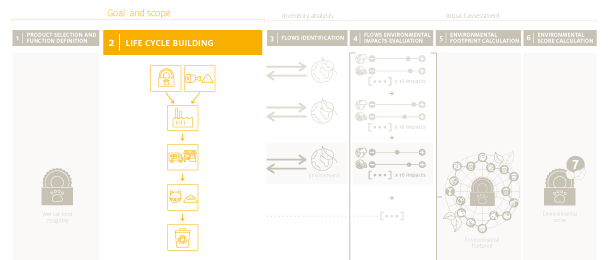
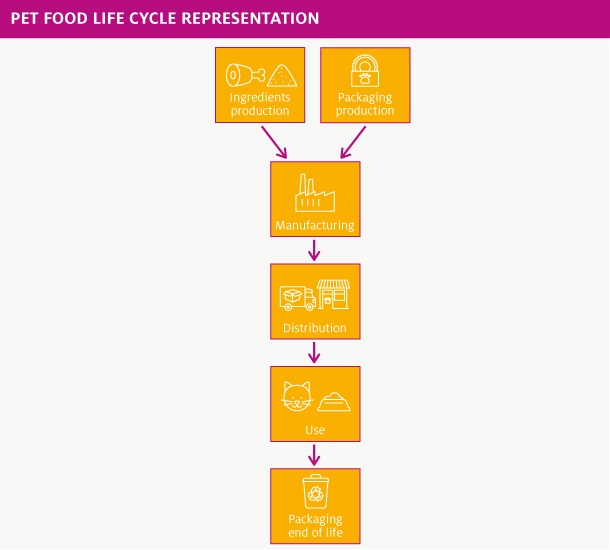
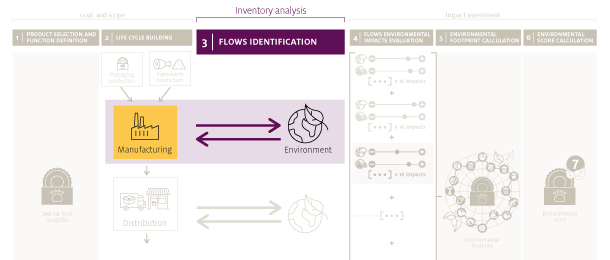
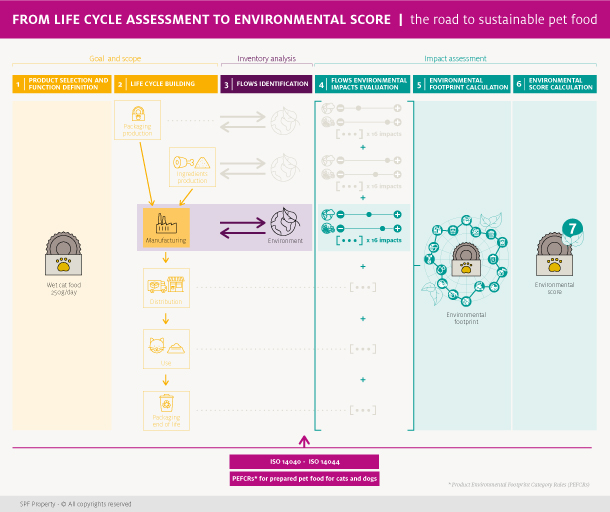

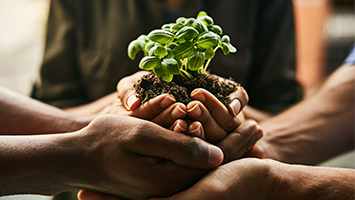
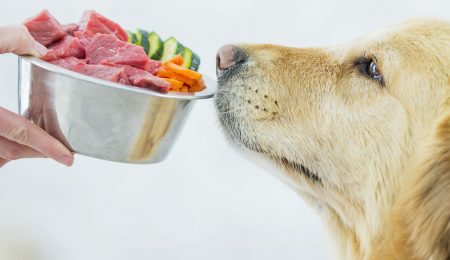
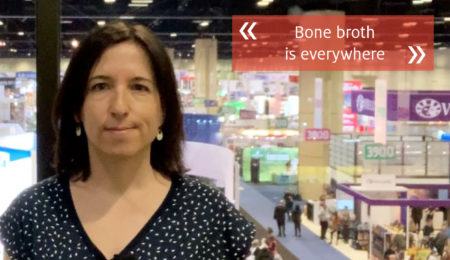
* required fields